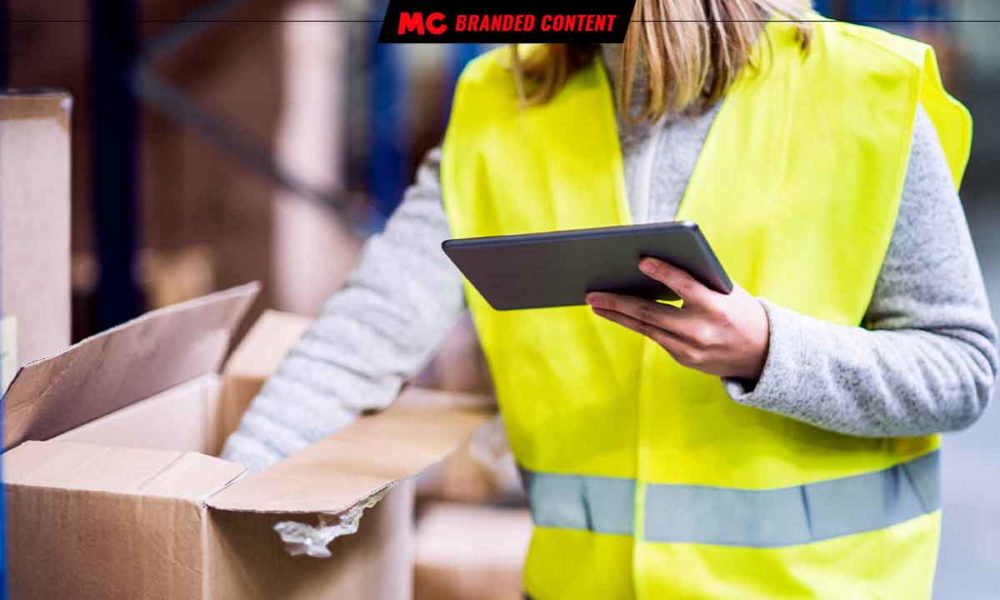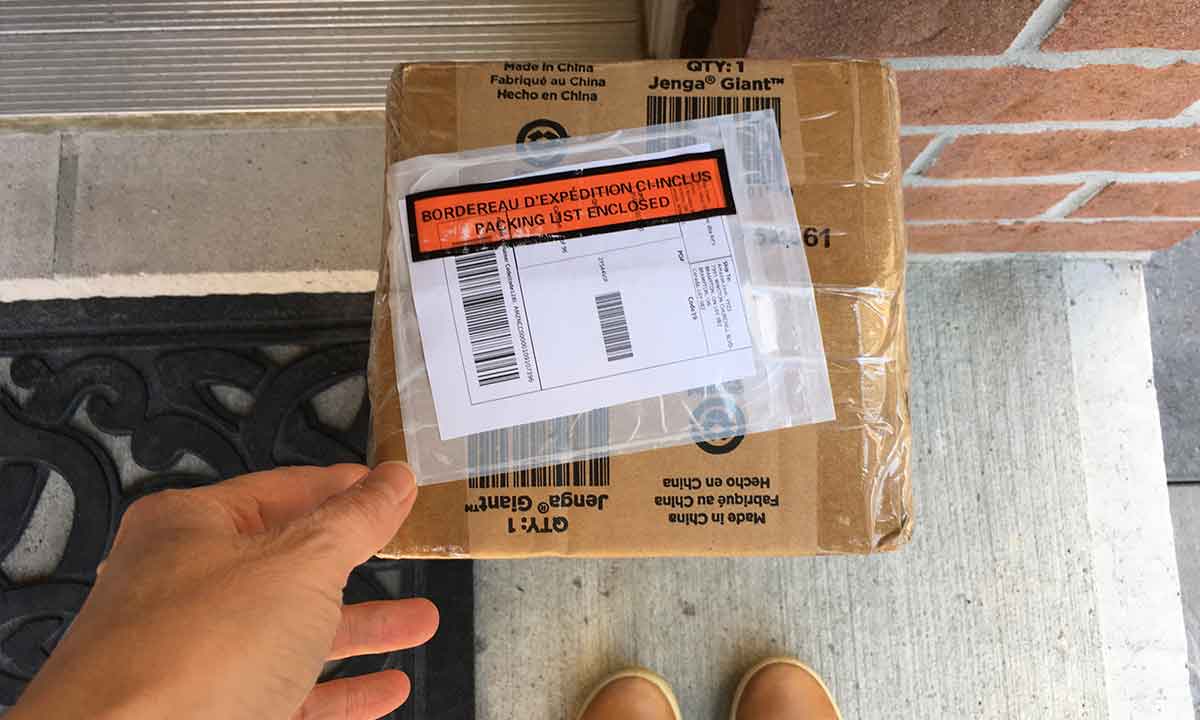
The days when identifications could be carried out manually are long gone, and this has application in many and very diverse fields, a large part of them related to the management and logistics of the product. first barcodes, then two-dimensional codes (bidis) and more recently RFID tags, we are talking about a set of technologies that have become essential to try to bring order in environments so conducive to entropy such as warehouses, docks of loading and unloading and even delivery vehicles, responsible for the transport and delivery of all kinds of goods.
This has given rise to a new paradigm called Automatic Identification and Data Capture (AIDC), a model in which the entire documentation and identification process is supported by an IT infrastructure, composed of solutions such as those proposed by Logiscenter, and which is essential to subsequently be able to offer highly valued services such as shipment tracking, in addition to making possible real-time inquiries and audits, allowing to detect possible improvements in the storage and distribution processes, and many other advantages.
Needs vary, yes. It is not the same if we are talking about the management of a warehouse associated with a point of sale, the one on which home deliveries from online retailers or from a logistics company exclusively dedicated to the wholesale market depend. In each case it is essential to clearly define the work processes and, from that document, establish all the points in which the introduction and / or reading of data is necessary, their control, and so on.
Throughout the definition of this process, very specific needs will undoubtedly arise, which must be satisfied. so that technology is at the service of management, never the other way around. And this may sound strange, but the truth is that on many occasions, by not exploring all the existing options, we end up subordinating the processes to the tools used, without knowing that, in reality, there are surely others that are better adapted to our processes. To this end, without a doubt, the key is to look for suppliers that, like Logiscenter, have really extensive catalogs, selected precisely for that purpose, that of offering the necessary solutions for each casuistry.
Means of identification
The first question we must ask ourselves is, of course, how we want to identify each element of our warehouse, distribution network, etc. A common mistake in small warehouses is to rely on non-standard text identifiers, for example written notes on the packages. This is, in all cases, “an accident waiting to happen”, since in the first place it requires manual identification, and secondly, it does not facilitate follow-up.
Instead, we must resort to labels, in which we can use various types of codes, choosing the variants of the same that best adapt to what we need, to the needs of our clients. In this regard, we can opt for the traditional barcodes (in any of their variants), which have a practically global level of implementation, or we can take a step forward and use the popular two-dimensional (bidis) codes, which allow us to encode much more information in the labels. For both cases, there are all kinds of scanners that completely automate their reading.
Another very interesting option, and that over time does not stop gaining traction, are RFID tags.. And it is that with the same it is no longer necessary the “visual” reading of the code by means of a scanner. It is simply necessary that the package (whatever size it is) identified with an RFID tag is located (either stationary or in motion) near the sensor, and this will automatically read its data and, also automatically, perform the actions that have been previously configured (change its status, add it to a list, etc.).
The potential of these solutions is multiplied exponentially if we take into account that, in addition, we can combine them with each other. For example, we can use RFID identifiers to a pallet of products, and then individually identify each of them by means of a tag with a bidi code.
Reading media
Smart labeling is only half of the equation. The other, of course, corresponds to the reading of said identification elements. And surprisingly, it is relatively common to find cases where tagging is perfectly implemented, but then the means of reading it are more a hindrance than anything else.
And it is that, once again, we must distinguish about the various reading needs. For example, the barcode reader associated with a POS is not the same as what we may need in a warehouse or in a delivery vehicle. Therefore, just as it is essential to know the different types of reading systems that we can choose, in order to always choose the ones that best adapt to the context.
For example, for those cases where it is necessary to review the information on the label, we will need an industrial PDA or tablet, devices that integrate the elements of reading the labels, and that also have robust designs adapted to the environment in which they will be used. Different is, for example, in a point of sale, in which only a small sample of the information is necessary (product name and price, for example), in which case a handheld scanner or even a reader integrated into a surface connected to a POS they adapt much better to the context.
And if, for example, we use a radio frequency system to identify the pallets that enter a truck, and that have already been previously identified and selected, we may not even need a visual identification of the content data, we simply want to have the certainty that the pallet X has been loaded onto the truck AND<.
The catalog of solutions is infinite, and a wide knowledge of them It will always help us to identify the ones that best suit our needs and, therefore, to optimize our processes, thus improving productivity and, above all, control over everything that passes through our hands.





